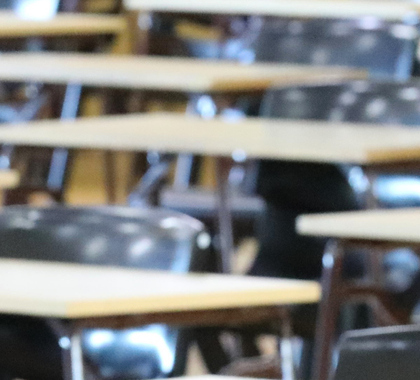Half of all violent crimes occurring at schools—including serious offenses such as aggravated assault, sexual assault, and rape—occur in a small proportion of schools nationwide. But these deeply concerning problems represent only a fraction of the United States’ much larger school safety crisis, one that affects millions of students each year.
Roughly four out of five government schools report violent criminal incidents, and one out of five report serious violent criminal incidents taking place on school grounds. Verbal bullying and sexual harassment, both from peers and teachers, are prevalent. With the rise of smartphones and social media, the bullying suffered at school can now follow children anywhere, 24 hours per day, seven days per week, 365 days per year. Parents of children with special needs or health problems also have serious concerns about whether their child’s school is equipped to keep them safe.
The federal Every Student Succeeds Act (ESSA) permits students to transfer to another government-run school under ESSA’s Unsafe School Choice Option provision, but only if their current public school meets the state definition of a “persistently dangerous” school. Because states define unsafe schools narrowly, fewer than 50 public schools out of nearly 100,000 are labeled “persistently dangerous” each year.
Students should not have to wait years or become victims of violent crime before their parents are allowed to transfer them to safer schools. That is why The Heartland Institute is proposing in this paper for states to create a Child Safety Account (CSA) program, which would allow parents to immediately have their child moved to a safe school—be it a private, parochial, or public school—as soon as parents think the public school their child is currently attending is too dangerous to their child’s physical or emotional health.
This paper has been organized into two parts. Part One presents The Heartland Institute’s solution to America’s school violence epidemic: Child Safety Accounts—education savings accounts parents can use to pay for tuition, fees, or other education-related expenses at public schools, private schools, or even for homeschooling. Part Two outlines the numerous dangers facing children in public schools and discusses how those safety problems hinder children’s ability to learn.





